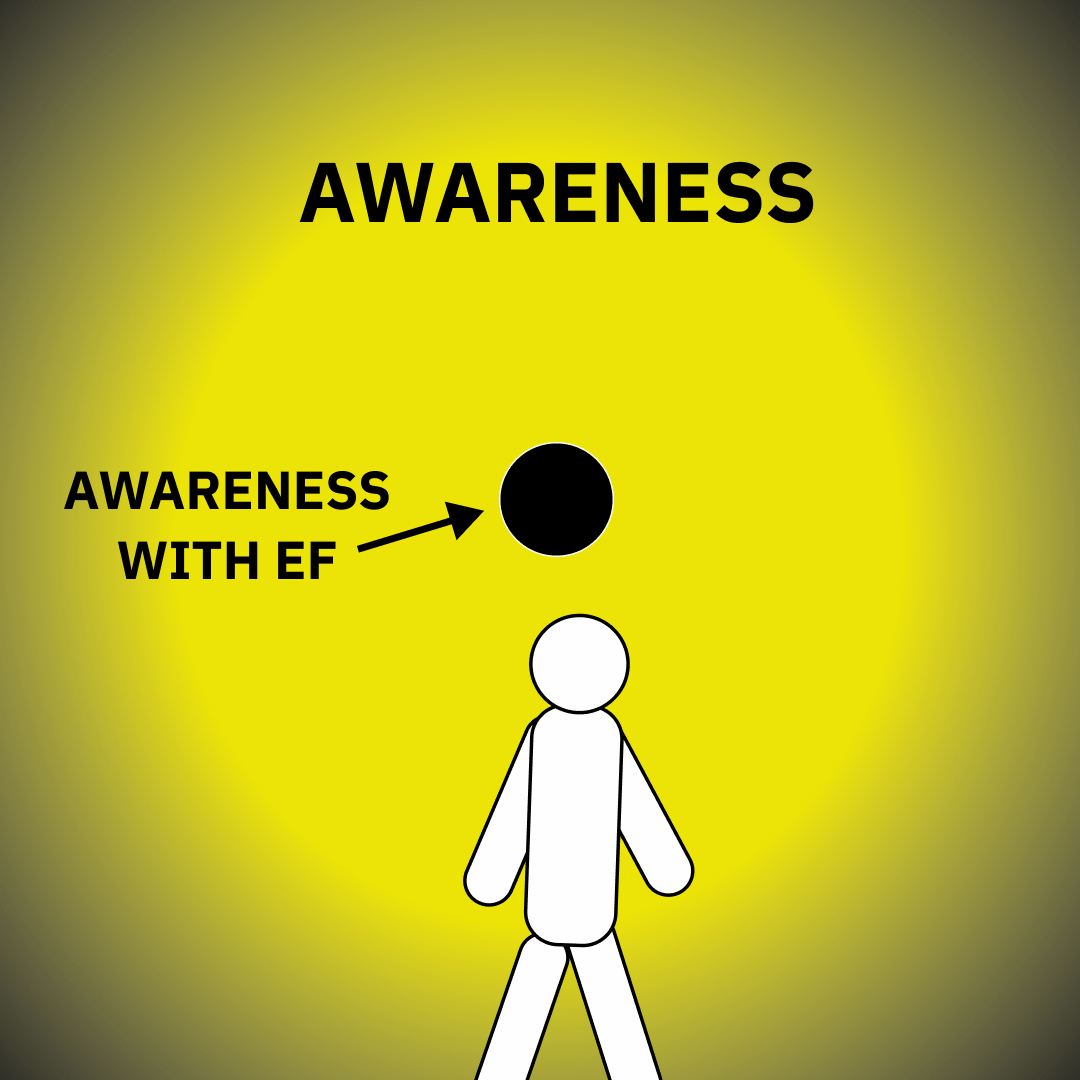
The Minimum Viable Lifestyle
Widely considered the most important idea I’ve discussed, it was the first set of podcast episodes. You can check out Episodes #001 – #003 where I discuss this concept in more detail. Links to the Youtube videos below:
On January 4th 2018, I was terrified.
I was taking my first trip back to Nepal- the place where I’d gotten horrifically unwell just two years earlier.
I felt obligated to go back, given I was a Co-Director of From the Ground Up, a nonprofit started by Nick Abraham that was working in the community of Ghumarchowk, Nepal. So, young Joe made his way back to the mountains of Sankhu.
Ten days I thought. I just have to survive ten days.
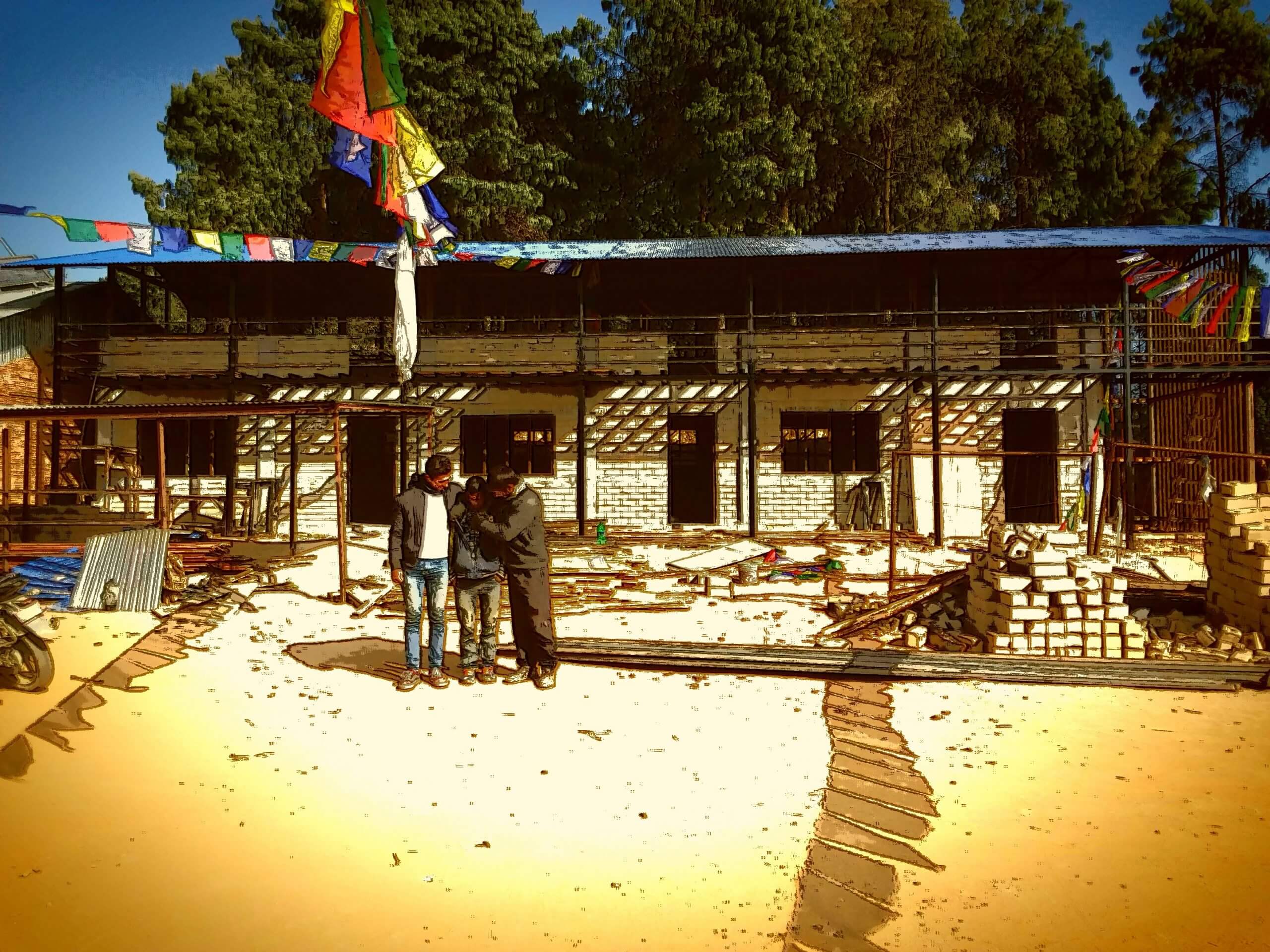
Now what’s important to know was that in the months leading up to this trip, I’d launched my own real estate startup, Sydney Listings – and the introduction to this business had been an absolute baptism of fire.
A lot of stress, painfully hard work and late nights… all your startup cliches really. But all that work and bother seemed like a necessary evil to get ahead, get going in life, create a reputation, and so much more.
Well I got a rude shock on that 2018 trip
Unlike the 2015 debacle, this shock wasn’t a shock of the gut after some local alcoholic roxy and suspect pork sausages.
It wasn’t the sub-zero temperatures of the mountain, the weak water pressure or the toast-and-chips diet.
It was simplicity.
Staying on the site of Nick’s brick factory in a little home-office he erected that could not have been more than thirty-five square metres, every day was flawless in the ways that mattered.
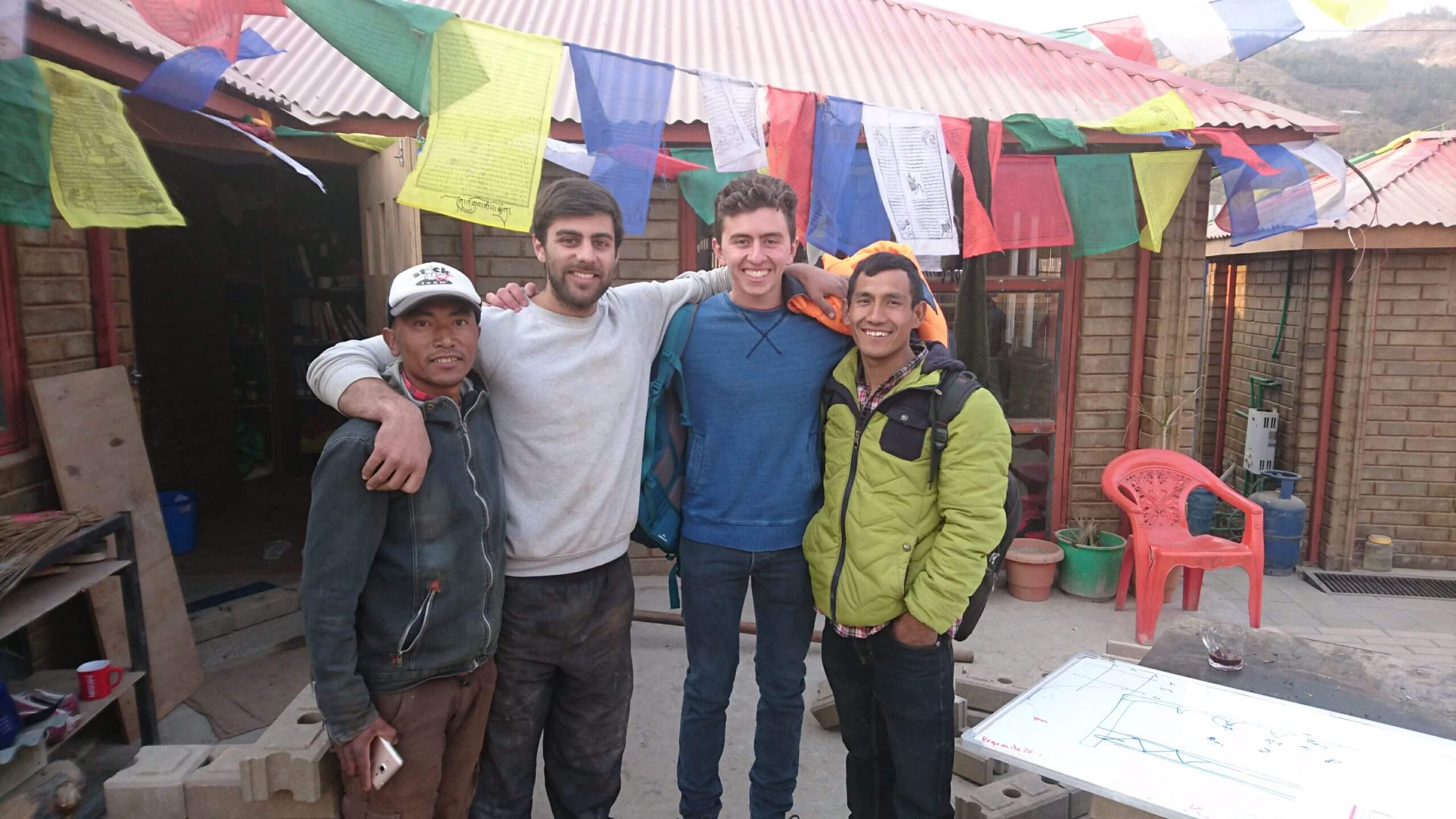
Left-to-Right: Surrendra, Nick, Joe (me) and Damphu in front of the home office in Sankhu
I’d wake up around seven in the morning with Nick blasting The Circle of Life from Disney’s The Lion King. Jake would whip up a cup of tea. As the morning would roll on, the construction guys would come down for a bit of banter before heading to site, and the brick factory girls would show up for the day, laughing and giggling amongst themselves, and blasting their music across the crisp morning air.
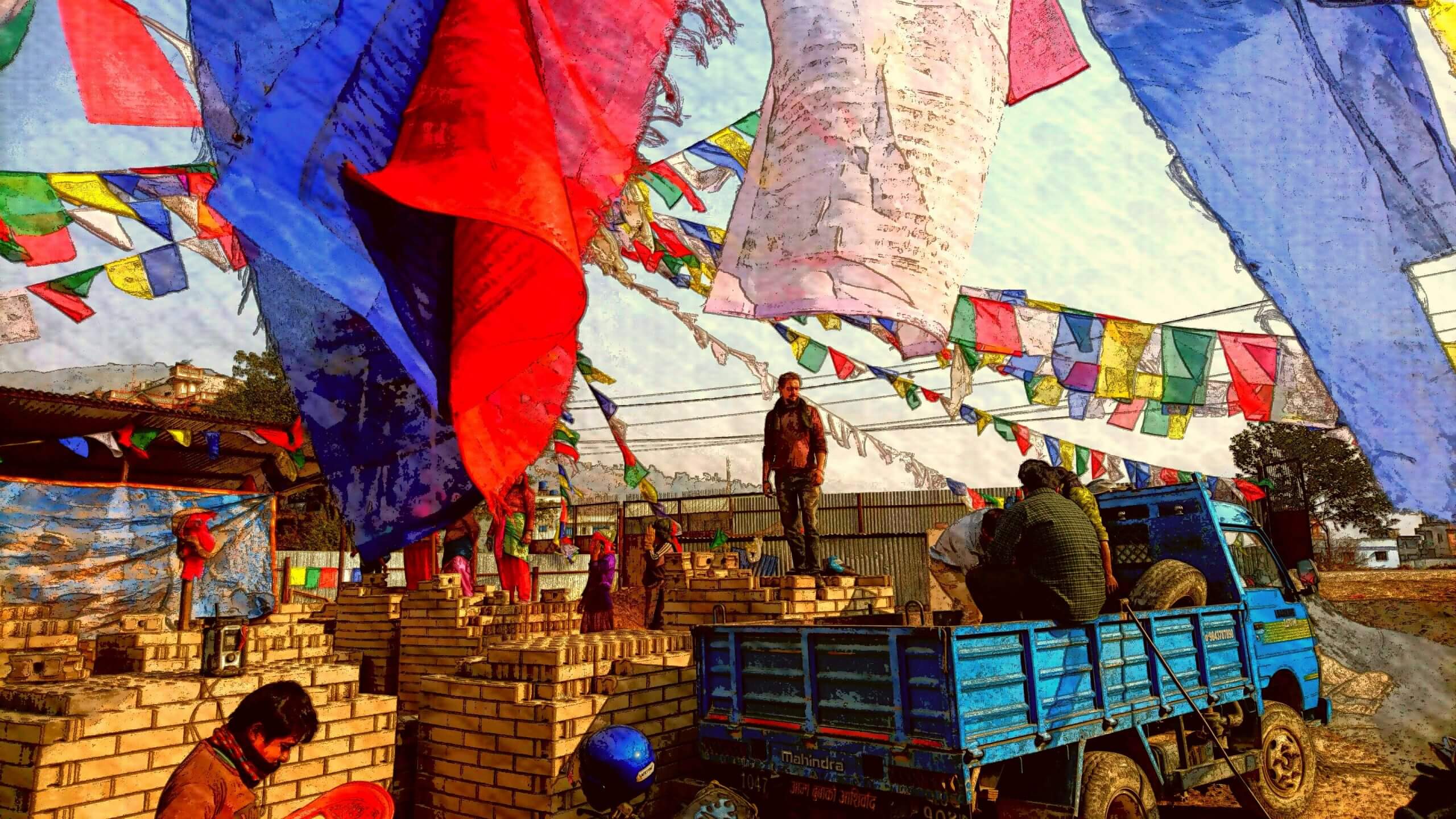
The Brick Factory in full force!
I’m not sure I’ve ever experienced so much life whilst fixed to one small place. During the day I’d be reading Sapiens, doing a bit of computer work, exchange the odd thought with Nick, and then we’d experience sunset from atop a pile of bricks, looking out over the fields.
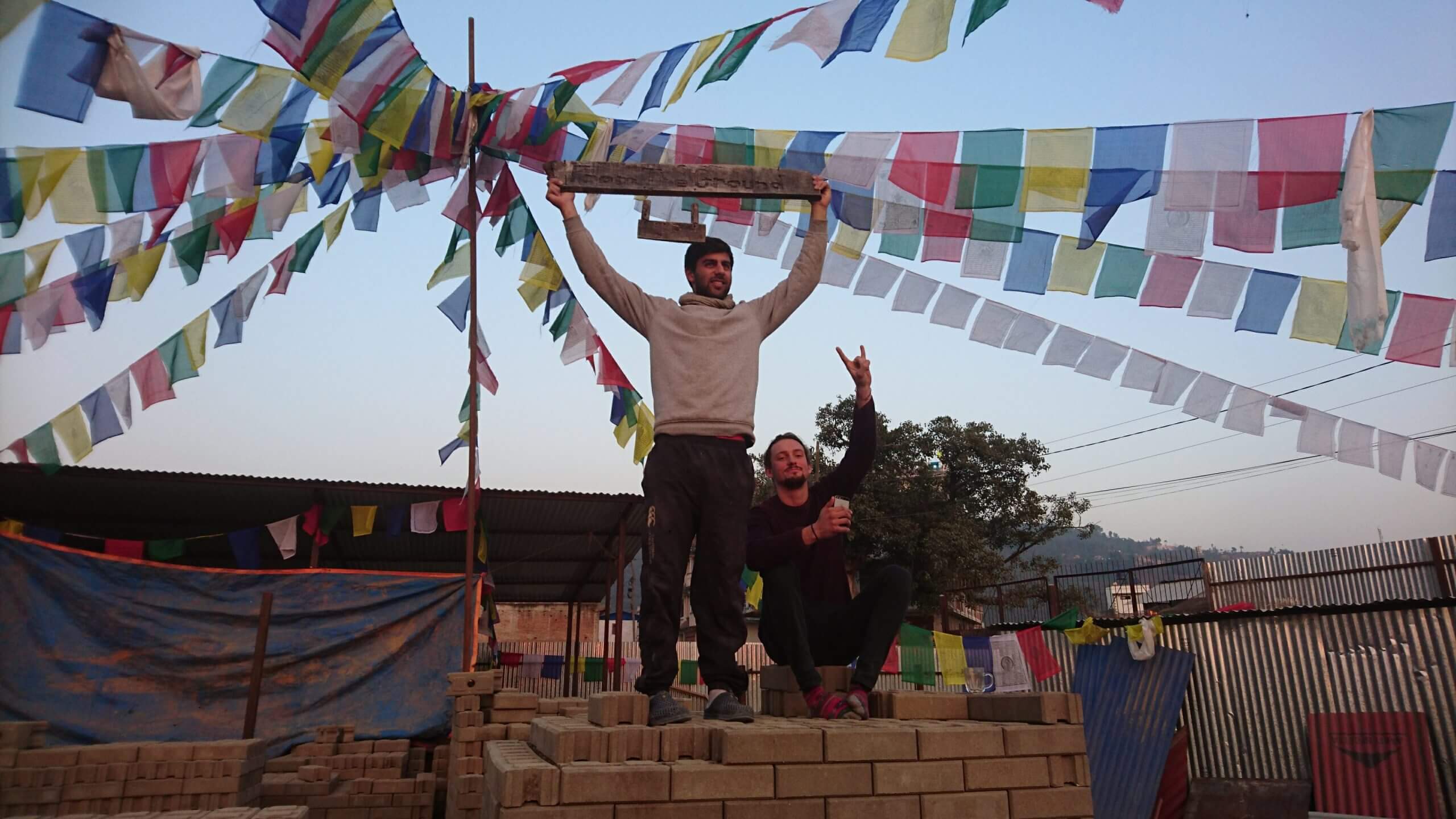
Sunset view on the bricks, with Nick and Jake
By night, there’d be a fire, a barbecue where all sorts of local community members would walk past just to pop their head in.
We didn’t watch any television. Jake, Nick and I kept each other entertained, stimulated by deep conversations about our experiences in Nepal.
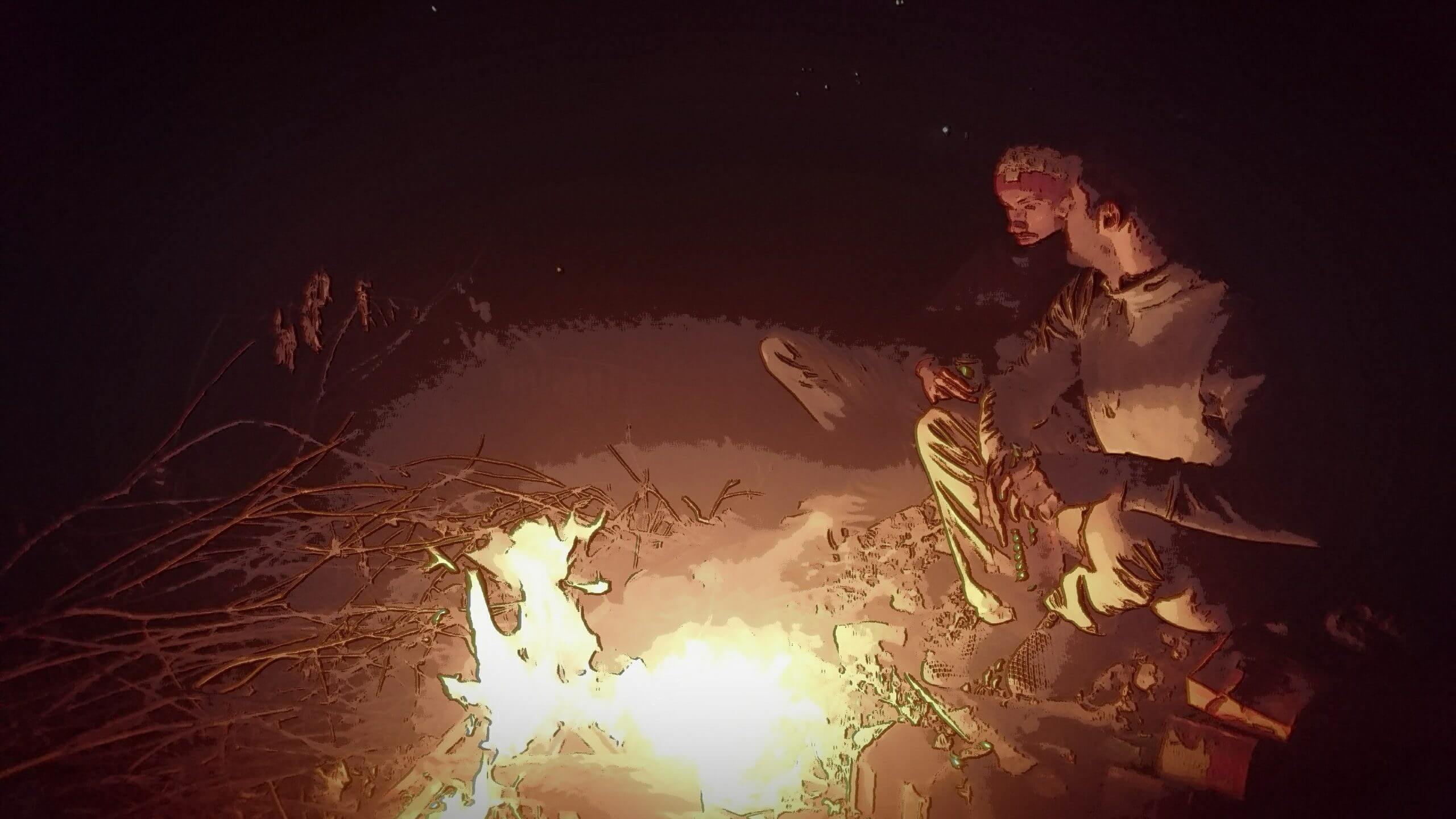
Our Minimum Viable Lifestyle
What a shock.
Having travelled all over the world and stayed in places of all manner of luxury, the greatest experience of my life came freezing my knickers off in the mountains of Nepal – a time when I was least comfortable but most meaningful.
Turns out that comfort and meaning are radically different things, as during the ten days in Nepal, I spent no more than US$8 a day.
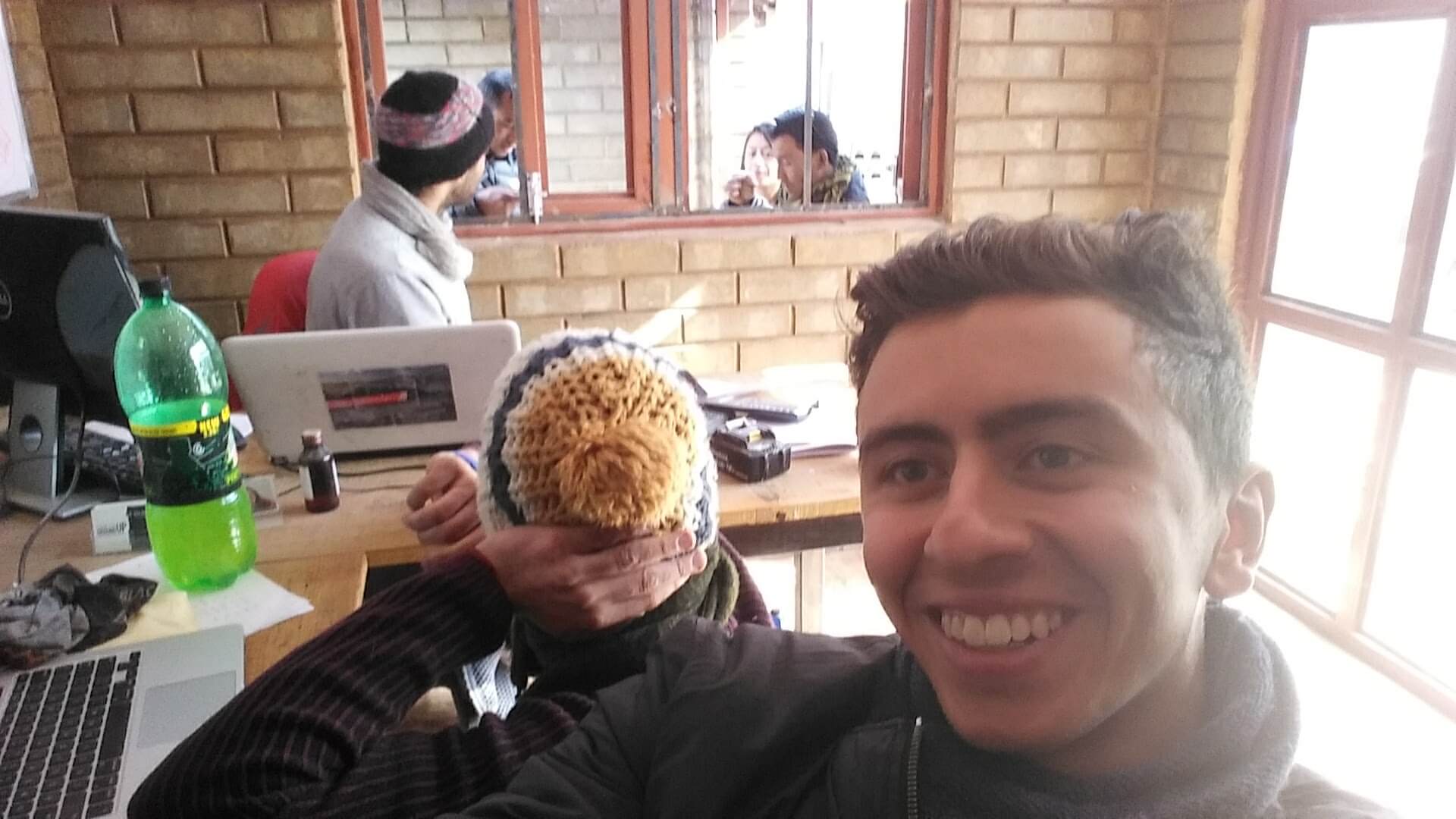
Cramped, living and working on top of each other. Why was this one of the best times in my life?
Suddenly, working in the Sydney real estate scene started to seem so trivial. Trying to make money at the expense of living seemed downright ridiculous.
What is it all for, this hard work I do back home? I asked myself. From that point on, I knew I had to do things differently.
These ideas were early traces of minimalism and essentialism, schools of thought which, at the time, were foreign to me.
I have since come to develop my own concept around this realisation; that what we truly need is so very little, and that what brings the most value in life rarely costs very much at all.
I call this concept the Minimum Viable Lifestyle.
What is the MVL? (Minimum Viable Lifestyle)
The Minimum Viable Lifestyle, or MVL for short, is both the alpha and north star in my book. It is always the first idea I observe in times of difficulty, and it seems to organise my life and keep the bullshit out of my brain.
Before any of my other writing, ideas, or conversations, I recommend people check out the MVL first and foremost. This is because it is such a simple idea that creates so much value.
Great. So what is it?
The term is one I adapted from the concept of the Minimum Viable Product (MVP) from Lean Startup Methodology. This concept basically teaches innovators and entrepreneurs that it is better to start selling a less-than-perfect product that only takes a month to make than a ‘perfect’ product that takes two years (which might not sell anyway).
There are Three Parts. The MINIMUM, The VIABLE and The LIFESTYLE
Part I – The MINIMUM
With this part we ask ‘what is the least?’. Perfection in all areas of life is what mathematicians would call an ‘asymptote’ – a line we can continually get closer to but never reach.
As such, perfection is the worst possible goal. The MINIMUM however is the opposite – it is something we can reach more sooner and simply. It is ‘good enough’ even if it is not ‘the best’. On your journey to ‘the best’ however you will have to at some point go through the MINIMUM anyway.
Imagine you were to go from homelessness to becoming a billionaire. At some point, you have to be a millionaire first. Importantly, you don’t need to settle for the MINIMUM, you just need to know what it is.
Just because I can live off $20,000 a year, doesn’t mean my goal is to only live on $20,000 a year.
Part II – The VIABLE
The MVL is not about the absolute least possible. Because what, really, is our MINIMUM for life? Technically, we could all live off the land for some time – hunting game and gathering berries like our ancestors, but this doesn’t seem very VIABLE for most of us.
So this second part is crucial. We’re looking for the MINIMUM that is still VIABLE. I could find a way to spend only $1000 in the next year, but that would not be very VIABLE for me.
Part III – The LIFESTYLE
Most importantly, this is the MVL, not the MVI. The Minimum Viable LIFESTYLE and not The Minimum Viable INCOME. In Parts I and II we discover what the Minimum Viable Income is as a first step, but then our third and final step is to turn this into a LIFESTYLE.
So, it is inaccurate for me to say that “my MVL is $20,000 a year”. A LIFESTYLE describes all the things you love doing that you get to do… the things that, when you look back every one, five or ten years, you reflect as time well spent.
My MVL can be funded by $20,000 because my most sincere joys are travel with friends, daily writing, having freedom over my schedule and being able to work remotely. I also place importance on exercise, reading voraciously and being connected to people, in my soccer team, in my work, and at our monthly karaoke events.
In one sense then, it might make sense to look at your simplest joys and work backwards toward the MINIMUM and its VIABILITY. The question is – how easy is it to have, in my life right now, the things I value most?
None of us needs the maximum. We just need the minimum.
Each of us has our own, incredibly individual and unique MVL, and to unpack it we ask;
What is the lowest my personal income can be, that my physical and safety needs are met? That I am comfortable and happy?
or simply
What is the least my life could be?
The conventional personal development world, as my friend Marvin Glass notes, asks “what’s the most your life could be?” – but that question promotes achievement, not happiness. Ask instead…
What are my needs, and how have I pushed and tested the assumptions around these needs?
Of all the things I think I want, which of them really feel essential?
P.S. – Sign up to get all new posts delivered to you via email
Clarifying our MVL appears to
- Make it much easier to navigate our most difficult decisions and
- Facilitate happiness today, rather than years from now.
For these reasons I hold true that there is nothing more expensive than failing to clarify one’s MVL.
Why there is nothing more expensive than failing to clarify one’s MVL.
It leads to confusion between ‘must-have’s’ and ‘nice-to-have’s’.
You become vulnerable to the Luxury Trap, a slippery slope that artificially raises your cost of living.
You’re susceptible to poorer Time ROI, to using up all your time without receiving worthwhile returns.
It leads to excessive stress, and the purchasing of stress that is not worthwhile or needed.
Failing to clarify our MVL often leads us into commitments that we regret.
It becomes harder to make a step down in income, when a step down is needed to transition into something great, or something that better aligns with who we are.
And that’s just the beginning…
Notes on the MVL
The experiences I described in Nepal opened my eyes to how little people truly need to have meaningful lives. I realised that their MVL would never be the same as mine, and there is no shame in that.
So a few notes:
The MVL is completely individual… there is no best practice, few rules-of-thumb apart from the questions above. No one can tell you what it is or isn’t, but they can challenge it (and I hope for your sake that they do)
The MVL is a work in progress… it’s not a line in the sand, and it can change over time.
The MVL is not living in a deficit… MVL does not feel like excessive hardship. Remember the ‘V’. It has to be viable. Sustainable. Sustainable means, you could be living that way in a year still and be largely ‘happy’.
The MVL is your comfort-happiness line… it is the first point where the two intersect.
You’d be surprised what you could shift from your ‘must-have’ column to your ‘nice-to-have’.
Without the Box Thinking is one of these separate ideas I write about, which refers to a style of thinking that continually strips back assumptions. It is based on flipping the metaphor of ‘thinking outside the box’, as, being outside the box still relies on ‘the box’, or, the old style of thinking.
Consider then, all the things we hold in our ‘must-have’ category, that could really be moved to the ‘nice-to-have’ column.
I would question assumptions around things you would never think of cutting out of your life, or at least downgrading in significance.
Examples include the following:
- Owning a home
- Primary and secondary education
- Tertiary education
- Luxury items
- A wedding ceremony
- New clothes
- Alcohol
- Cars
- Status markers, like a job title, or expensive habits like dining at certain quality of restaurants.
There are so many more. For now, as ridiculous as it seems, I encourage you to run the five Why’s exercise over each of these areas.
Why does the MVL work?
It cuts out the bullshit so you focus on the essentials. The essentials deliver actual value, and the bullshit gets in the way.
I suggest you look at the way Buffet and Munger have approached investing, and how Jurgen Klopp has approached football.
You can’t spend everything and review every investment opportunity imaginable.
Also, look at the way Buffet lives – he spends nothing, reinvests everything.
Maslow’s Hierarchy of Needs, The Comfort Ladder and the Luxury Trap. tells us that after our physical needs are met, money is a poor tool to provide meaning, fulfillment or happiness.
If anything, money and our culture around money are more likely to get in our way at this point. This is what shocked my system in Nepal in 2018, you see?
Powerful MVL examples that will change your perspective
The One About Binod: Enough is Enough
For the majority of the years between 2015 and 2018 my friend Nick Abraham lived in Nepal. He started a nonprofit called From the Ground Up which I assisted with by running operations back in Australia.
One of the incredible stories out of Nepal was Binod.
Nick used his construction skills to set up a company called Interlock Construction, which employed locals like Binod in, you guessed it, the construction game.
Before Interlock, it was more common for young fathers in the community to have to go overseas to find work, spending long amounts of time away from their families.
Binod had previously spent eight years working abroad, in separate stints.
After two years working for Interlock though, Binod did something surprising – he came to Nick and asked if he could step down from full-time work.
In those two years of work, Binod had earnt enough to build a new home for his family. Now that this milestone had been passed, Binod was content to fall back to his gas bottle business which he ran on the side – this part-time business was enough to make ends meet.
He didn’t need more.
He decided to reinvest his time into a minimalist lifestyle centred around family.
In the West, the Binod story is rare. When someone starts making money, we start encouraging them to scale and branch out, go out on their own…
But not Binod. Doing this would have been a diminishing return – more work than the extra rewards would be worth, because of his clear MVL.
The One About Joey Diaz: Willing to be Broke for Ten Years
Joey ‘Coco’ Diaz is an outlandish comedian and actor. In a powerful episode of his podcast titled Money will come: Fall in love with something first he discussed his journey to comedy’s big-time.
Diaz has quite the backstory.
From being in prison to his drug habits… but he reached a point where he knew he wanted to devote his life to his true love – comedy.
Realising how important this was, he was committed to being broke for ten years before seeing a meaningful dollar returned out of his stand-up career.
That was at the age of thirty-one.
As a twenty-five year-old myself, this has created a huge sense of perspective. How many of us are willing to be broke till the age of forty-one, for what we love?
This sure looks like financial recklessness… but, as discussed, no one can tell you what your MVL is. The dream is to have something that you can do for ten years without making a dollar, whilst sleeping on stranger’s couches, that you won’t regret even if it leads ‘nowhere’.
That is what I would call MVL mastery.
This is not a call to be financially reckless for the sake of it, but a call to be bold in your pursuit of what matters to you.
Time spent living at your MVL, if look backed on, is not time you would regret.
Final Notes, Further Reading and Resources
Reminder to check out episodes #001 to #003 of the With Joe Wehbe Podcast, dedicated to the Minimum Viable Lifestyle.
Youtube Full Episodes: Part 1 Part 2 Part 3
… The MVL has powerful implications for investing and Time ROI. Understand this application here.
… The MVL Worksheet is coming.
… Without-The-Box-Thinking; use this concept to test your assumptions around your MVL.
… This all makes more sense taking into account Maslow’s Hierarchy of Needs, The Comfort Ladder and the Luxury Trap.
… Upcoming Podcast Episode on This!
The MVL cuts down decision fatigue, and forces you to focus on what is truly valuable. As discussed, for me it is always the first step, and it works tremendously to keep me out of a mental fog, out of jealousy and out of disappointment with myself.
These traps of thinking are not just common, but natural; the sort which plagued me much more before my journey back to Nepal in 2018.
I keep asking these questions over time, and keep re-examining my MVL. Doing so has changed my life. Remember, these questions are as follows:
What is the lowest my personal income can be, that my physical and safety needs are met? That I am comfortable and happy?
What is the least my life can be?
What are my needs, and how have I pushed and tested the assumptions around these needs?
Of all the things I think I want, which of them really feel essential?
Join the Intentional Sharing Movement, where we change the world by sharing things worth sharing. If this piece is worth sharing and would ‘open a door’ for someone you know, please share it.
Don’t just read! Discuss today’s idea so we can benefit off your wisdom. Sign up for conversations that matter below so you can contribute to more conversations and ideas.




